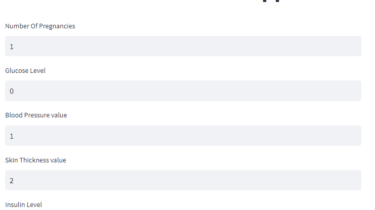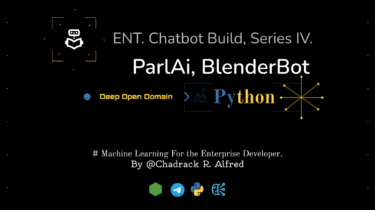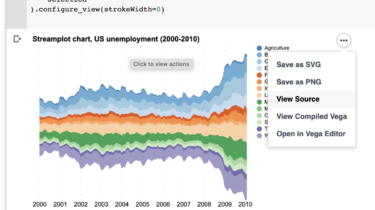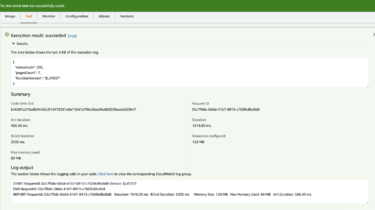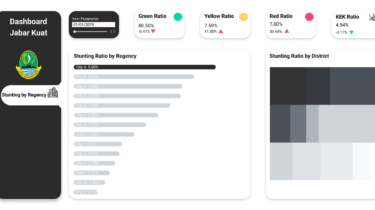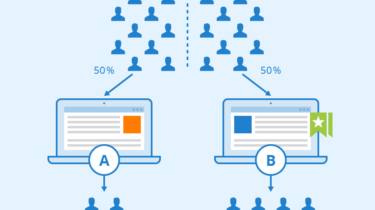Python Basics: Conditional Logic & Control Flow
Much of the Python code you’ll write is unconditional. That is, the code does not make any choices. Every line of code is executed in the order that it’s written or in the order that functions are called, with possible repetitions inside loops. In this course, you’ll learn how to use conditional logic to write programs that perform different actions based on different conditions. Paired with functions and loops, conditional logic allows you to write complex programs that can handle […]
Read more